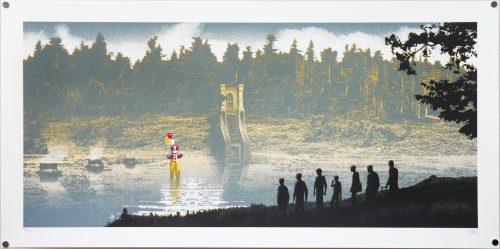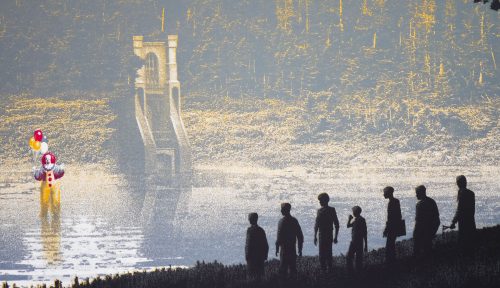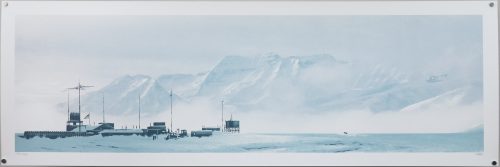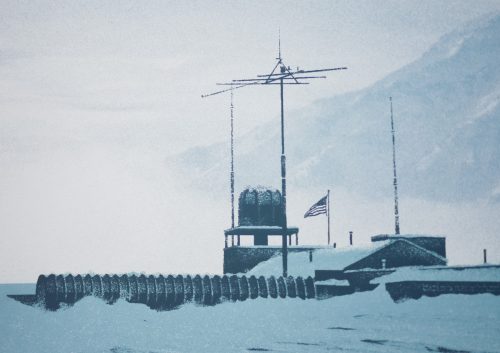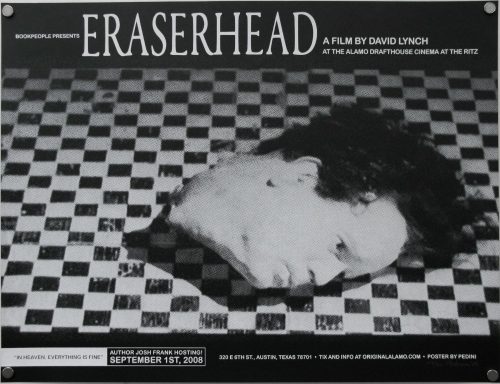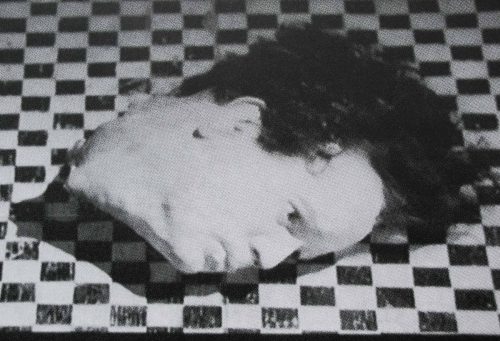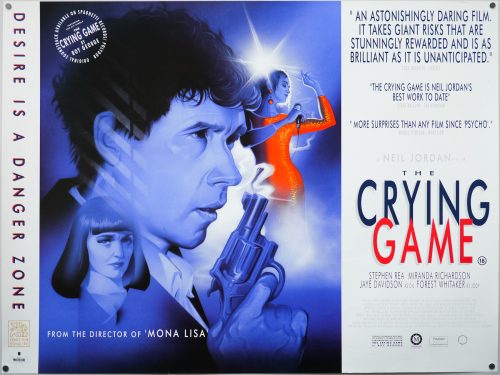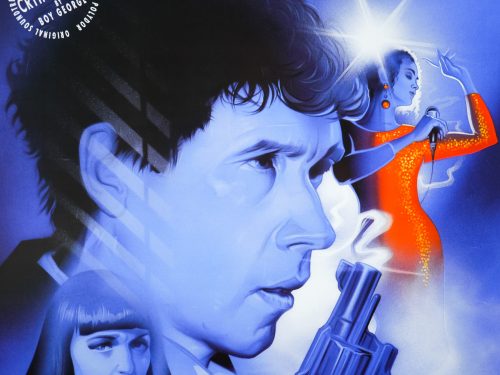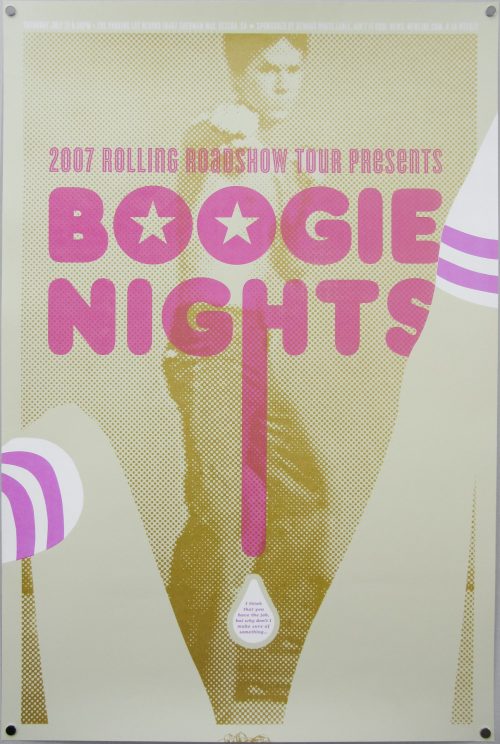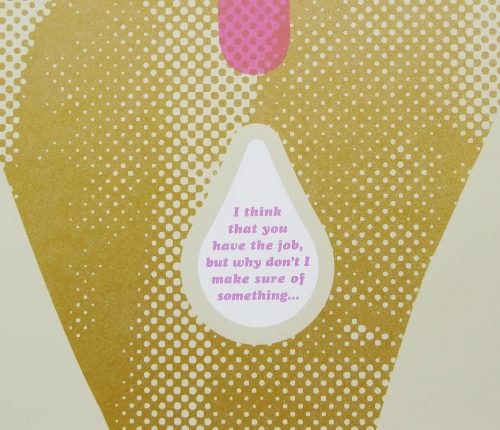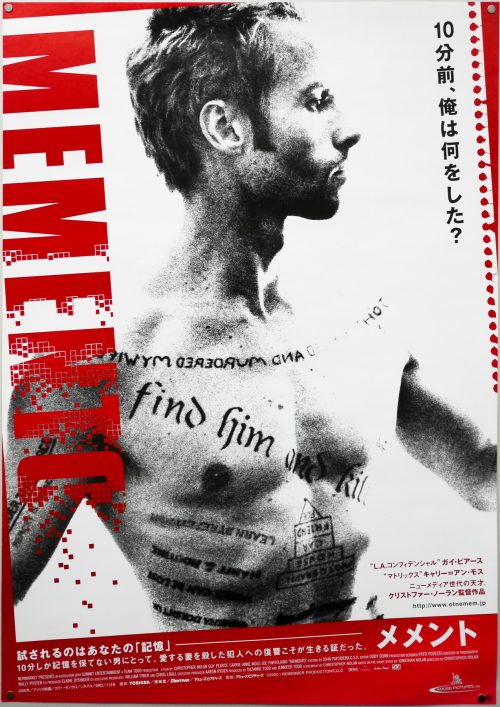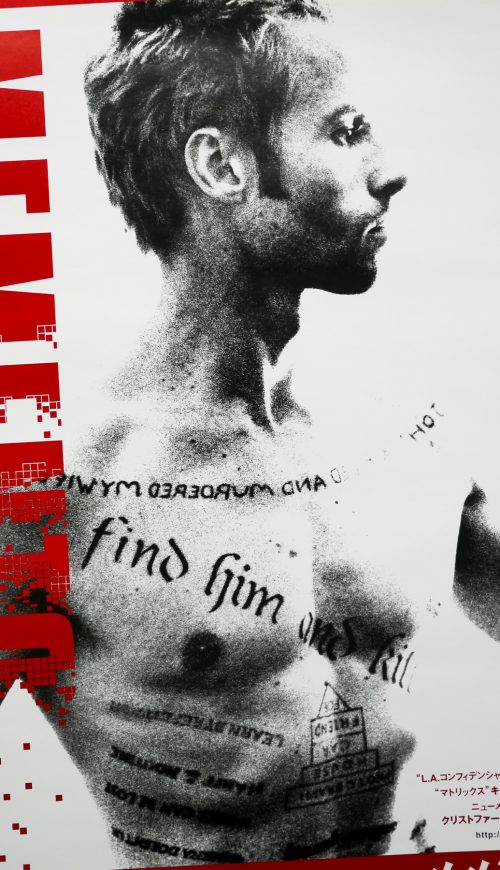- Title
- It - 'They All Float'
- AKA
- --
- Year of Film
- 1990
- Director
- Tommy Lee Wallace
- Starring
- Harry Anderson, Dennis Christopher, Richard Masur, Annette O'Toole, Tim Reid, John Ritter, Richard Thomas, Tim Curry, Jonathan Brandis, Brandon Crane, Adam Faraizl, Seth Green, Ben Heller, Emily Perkins, Marlon Taylor, Olivia Hussey
- Origin of Film
- USA | Canada
- Genre(s) of Film
- Harry Anderson, Dennis Christopher, Richard Masur, Annette O'Toole, Tim Reid, John Ritter, Richard Thomas, Tim Curry, Jonathan Brandis, Brandon Crane, Adam Faraizl, Seth Green, Ben Heller, Emily Perkins, Marlon Taylor, Olivia Hussey,
- Type of Poster
- Screen print
- Style of Poster
- Regular
- Origin of Poster
- USA
- Year of Poster
- 2012
- Designer
- Mark Englert
- Artist
- Mark Englert
- Size (inches)
- 12" x 24 2/16"
- SS or DS
- SS
- NSS #
- --
- Tagline
- --
This is a screen print by the American artist Mark Englert for the 1990 TV version of Stephen King’s classic novel ‘It’, which was recently remade to great critical acclaim (and box office success). Originally shown as a two-part mini series, then later released on DVD and blu-ray as an edited single movie, the film is set in the fictional Maine town of Derry during two time periods (1960 and 1990). The story focuses on a group of children who are menaced by a shapeshifting creature that preys on their worst fears in order to attack and eat them. The creature appears once every 30 years and over the previous century many of the town’s children have disappeared. The group (nicknamed by themselves as The Losers Club) decide to take on It who most often appears as the malevolent clown Pennywise (Tim Curry). After driving it back underground in 1960, the group make a promise to return and put a stop to It once and for all 30 years later.
Note that this is the regular edition and it glows in the dark which reveals hidden details, including Pennywise’s face in a hidden moon, and the spider form of It in the top left corner glows too.
This print was created in 2012. Englert, whose official website is here, first appeared on collectors’ radars with his print for The Thing that was released earlier in 2012. Since then he has worked on a number of landscape format prints (typically 12″ x 36″) featuring scenes from cult films and TV shows. One of his most popular releases was one for The Walking Dead that was released around the same time as this print. Each is given a name that relates to the property in some way. In this case ‘They All Float’ is part of the famous line spoken by Pennywise.
Check out this interview with Englert on Collider.com which was carried out at the 2012 Comic Con and they also featured him in their first ever ‘Limited Paper’ column. Englert’s own site features the posters and other items he’s worked on so far, which includes vinyl sleeves and more. There’s a short biography on his website which mentions he was born in 1979. There’s an excellent interview with Mark on 411posters.com here.
